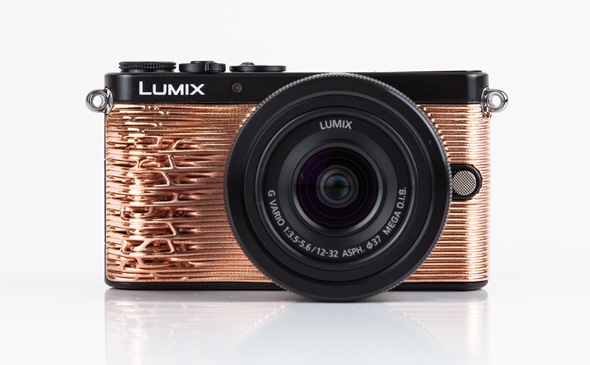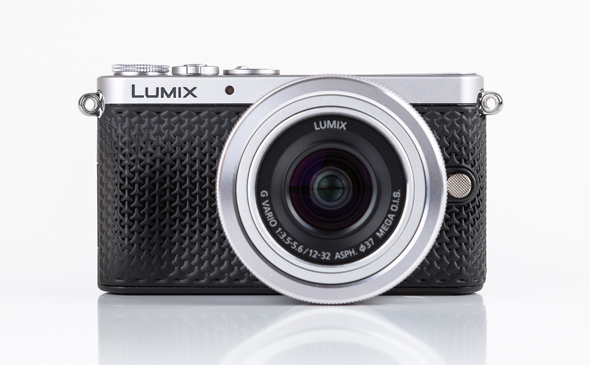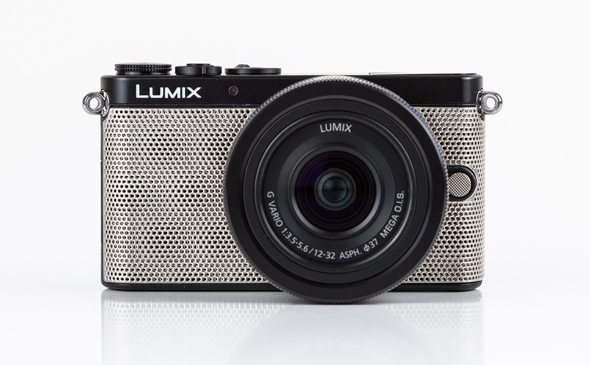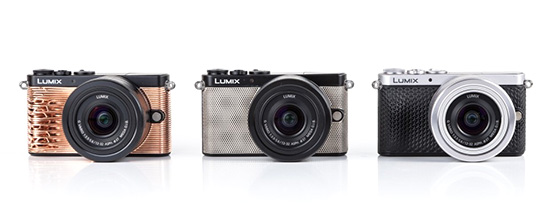
Change the Focus with Panasonic’s 3D Printed Camera Covers
Like any other art form, photography is a way to express yourself. Imagine not only doing so through the pictures you take, but also through the device you take them with. This idea triggered Panasonic to explore 3D printing as a way to personalize its products. The result is a first range of custom covers for the LUMIX GM1 compact camera, presented during the Photokina fair in Cologne, Germany, last week.
“The idea of using 3D Printing in customization of Lumix digital still cameras is something we’ve been watching closely,” says Sebastian Drawert, Marketing Manager at Panasonic. “It takes know-how and expertise to make it work, but the series we presented at Photokina really evoked the craving we had in mind.”
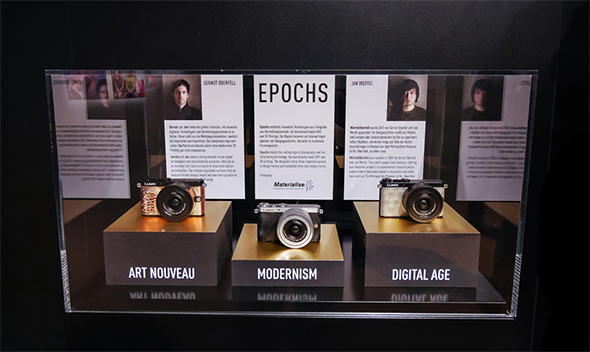
The design epoch inspired LUMIX covers as presented by Panasonic at Photokina – Photo credit WertelOberfell
The team here at Materialise cooperated with design studio WertelOberfell, who have already worked with Materialise for the .MGX collection and have a special interest in design for 3D Printing. Together with Panasonic they looked for a theme that could inspire the designs and arrived at “design epochs”.
“We looked at Art Nouveau, Modernism and Digitalism and we wanted to push the technological boundaries of 3D Printing in terms of intricate details and material thicknesses – or rather thinness. Together with the engineers from Materialise, we realized very fine yet strong structures with different kinds of finishes.” Jan Wertel
With nearly 25 years of experience in the 3D Printing industry, the team of Materialise’s Factory for 3D Printing has become a trusted partner for many companies and individuals looking to prototype and manufacture products using a wide range of 3D Printing technologies. For this specific project, they used our high-resolution printers to achieve the highest level of details, and dedicated post-processing techniques for visual and functional features.
Speaking about the collaboration, Jurgen Laudus, Director of our Factory for 3D Printing, said, “3D Printing has introduced a new way of thinking about design and manufacturing. It’s been exciting to work with Panasonic and WertelOberfell to fully explore the freedom of design and the benefit of a possible cost-effective small-series production. It clearly turned out to be the ideal technology for the custom LUMIX parts we’ve created.”
Recommended Articles
No related posts.


